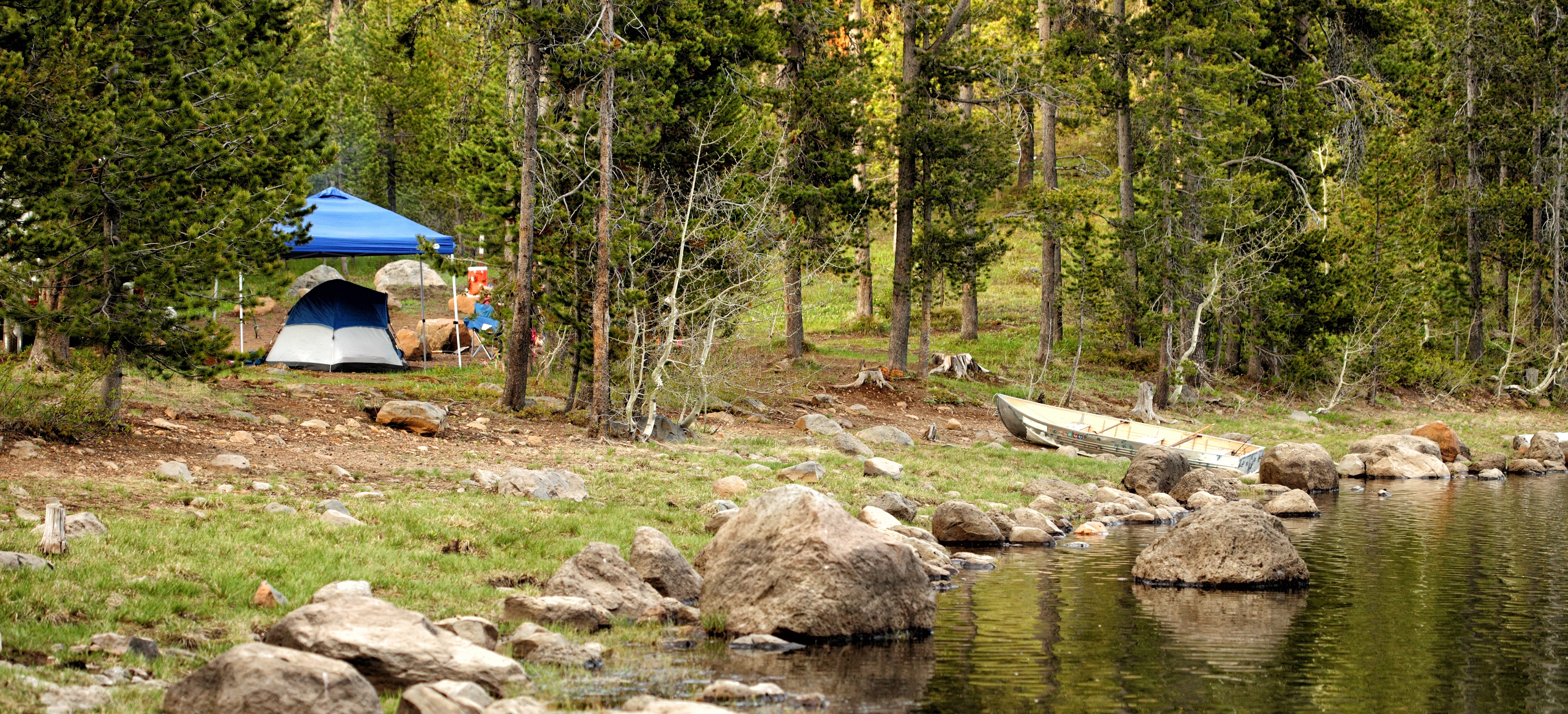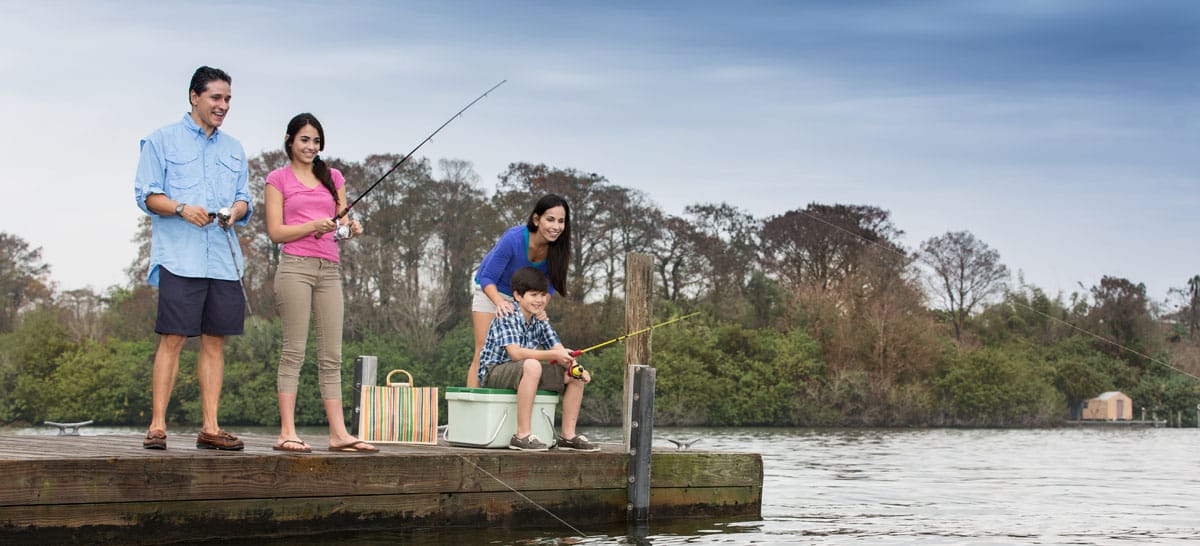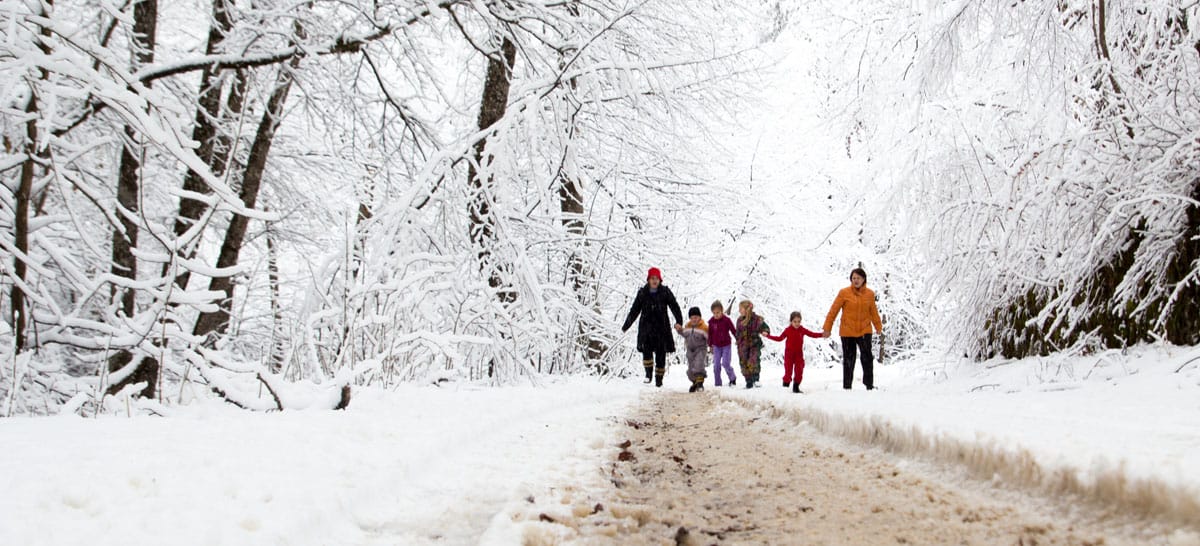There's something magical about looking into the sky and contemplating the vastness of the universe.
If you're a parent, you might be wondering how to introduce your children to star gazing and get them excited about astronomy.
Here are a few tips to make star gazing with kids educational and fun.
Start Learning Indoors
Before you invest in a telescope, head to your local library to check out a few books about stars and easy-to-find constellations.
Or you can visit a planetarium. Planetariums are dome shaped theaters equipped to project stars onto a special screen. They offer the advantage of being able to learn about night sky in a warm, comfortable environment, making it the perfect place to introduce children to star gazing before heading outdoors.
Plan Your Star Gazing Night
When it is time to head outdoors, do a little bit of planning ahead of time.
Check the forecast and choose a night when the sky is bright and clear. Know what time the sun sets and the moon rises. Think about printing off or studying a star-gazing chart or sky map ahead of time so you're prepared to find those constellations.
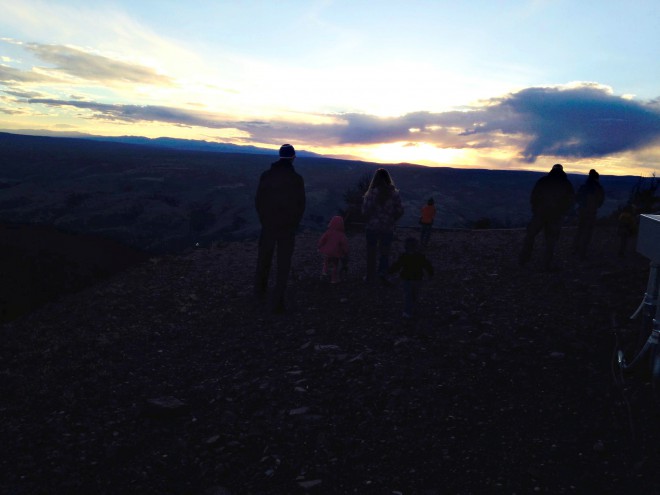
Next, choose a dark location. When it's really dark, stars just seem to pop right out of the sky. Get as far away from urban lights as you can and keep your environment dark. Even a campfire or bright headlamp can cause light pollution and interfere with your night vision. If you need a light, try a red glow stick or a flashlight or headlamp with a red lens.
It's always fun to combine star gazing with a family camping trip or a moonlight ski or snowshoe adventure. Stars can be observed during all seasons if the weather is right. But I think that star gazing in the winter is perfect if you have little kids and want to put them to bed early.
While you're out looking at the stars, take a few minutes and turn off the electronics. There are many star gazing apps out there but why not go for a screen-free experience?
Pack for a Comfy Experience
A lot of supplies and gear aren't really necessary to star gaze, but a few things can help make the experience comfortable and enjoyable.
First, think about packing a blanket or sleeping pad so you can lay down on the ground. Binoculars or a telescope are fun, too, but not always necessary. If you adventure with kids often you know that snacks and hot chocolate are a crucial part of any outdoor activity, including star gazing.
Share Your Knowledge
Once you have picked the perfect night and assembled the right gear, the next step is the fun part, when you can lay down on your blanket and gaze into the night sky.
The first thing that I like to look for with my kids is the moon. We like to figure out what phase the moon is in and why. Don't underestimate how neat the moon is and how easy it can be for the youngest star gazers to identify.
Next we like to work our way to the North Star, or Polaris. The North Star is the the brightest star in the constellation Ursa Minor or the Little Dipper.
From there we look for the Big Dipper and easy-to-find constellations like Cassiopeia or Orion if you're star gazing in winter. It's fun to learn the stories behind some of the most popular formations in the night sky; telling the story out loud to captivated children makes the experience even more memorable.
Get Creative
It can be hard to children (and adults sometimes, too) to find constellations in the sky, so my family has fun tracing the stars with our fingers and making up our own constellations. Why not discover your own unique star formations in the sky and tell a story about what you are seeing?
Explore with Experts
If you're feeling really adventurous, go someplace amazing to view the night sky like observatories or join a meet up with an astronomy club or group. If you're in Southeastern Wyoming, check out the University of Wyoming Infrared Observatory where you can see a 2.3 meter telescope on Jelm Mountain.
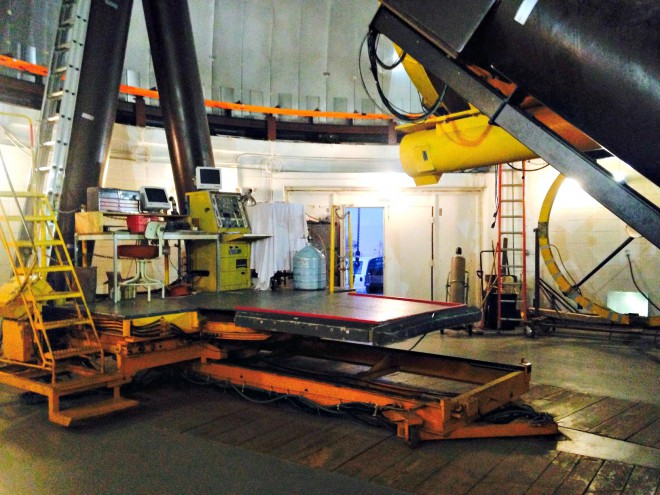
Star gazing as a family is a great way to spend an evening and the perfect chance to learn about astronomy. I guarantee that your family will have a great time.

*Images courtesy Rebecca Walsh. Featured image courtesy Ryan Haunfelder.
Have you ever star gazed with children? What tips do you have to share?

